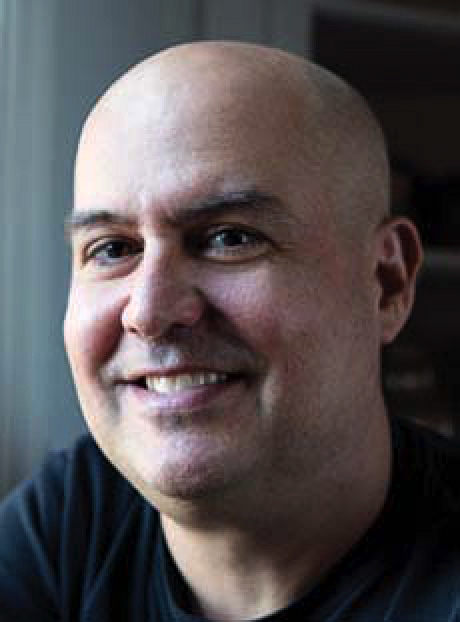We are honored to recognize two artists for their outstanding work on readers’ behalf during 2018, and to confer a $1,000 honorarium on each.

Robert Adam Mayer
Courtesy of Robert Adam Mayer
New York-based photographer Robert Adam Mayer is a distinguished and sensitive portraitist—as amply demonstrated anew in his cover and interior images of black-studies scholar Fred Moten, for the January-February issue.

Phil Foster
Courtesy of Phil Foster
Phil Foster conceived vivid, compelling illustrations to drive home the importance of the arguments made by business and law professor Mihir A. Desai about the new federal tax law, in the May-June issue.
Our warmest thanks to these superb professionals.
~The Editors








